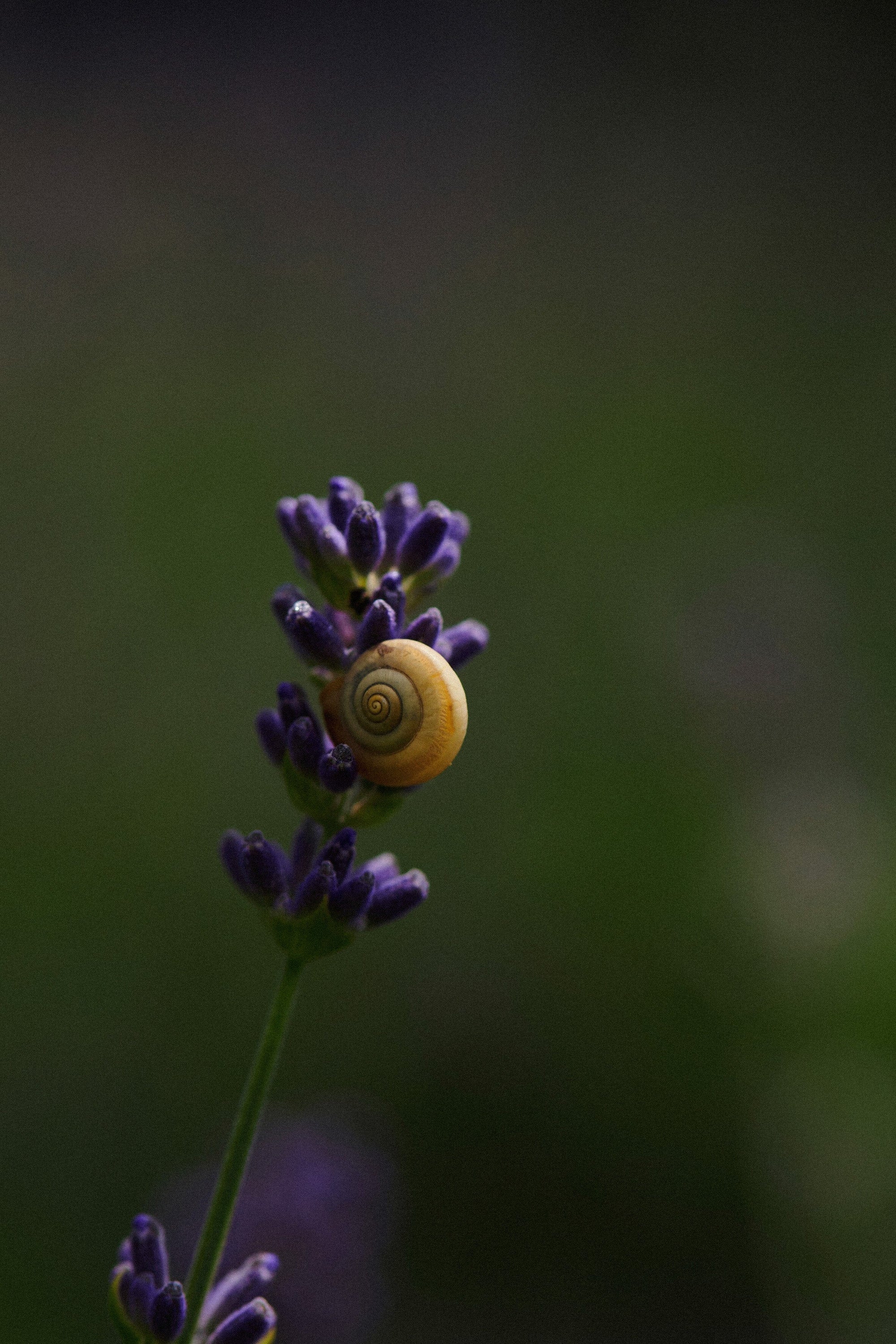
10 tips for harvesting lavender
By Julia Wuenscher
In recent years we have grown 7,000 lavender plants on our mountain farm in Eastern Styria and have gained countless experiences in the process. From a storm of the century that washed away our plants in the first year to the beautiful purple flowers, we had it all. We would like to share our experiences with you. Here are our 10 best tips for a successful lavender harvest:
1. Choose the right location: Lavender grows best in well-drained soil and sunny locations. Make sure your lavender plants get plenty of sun.
2. Soil preparation : Before planting, the soil should be well loosened and, if necessary, mixed with sand or gravel to improve drainage. Be careful, because lavender does not tolerate waterlogging.
3. Pay attention to planting distances : Plant your lavender plants at a distance of 30 to 45 centimeters so that the lavender has enough space to grow. The distance will also help you when harvesting to have better access to the plants.
4. Regular pruning : Regular pruning in spring encourages growth and flowering. Prune your lavender plants well to encourage bushy growth.
5. Watering requirements : We water our lavender plants regularly for the first few weeks after planting. After that, we let nature and the rain water the plants. Since too much rain is harmful to lavender, it is important to avoid waterlogging.
6. Against weeds: We laid a sheet to prevent weeds. This sheet was essential so that the weeds did not spread over our lavender.
7. Pests : Although lavender is relatively resistant to pests, you should still watch out for aphids and mites. Our lavender is certified organic, so we do not use any pest control products.
8. Choose the harvest time: Harvest the lavender when about half of the flowers on the stem are open. This is the optimal time to achieve the best aroma and the highest oil content.
9. Harvest carefully: Use sharp tools (but be careful with your fingers) to cut the stems cleanly and not damage the plants. Harvest best in the morning when the dew has evaporated but the sun is not yet too strong.
10. Drying and storage: Dry the harvested lavender in a shady, well-ventilated place. Hang the bunches upside down or spread them out on a dry, clean surface. Then store the dried lavender in airtight containers in a cool, dark place to preserve the aroma.
With these tips, you can take optimal care of your lavender plants. We wish you every success with your lavender harvest.
1. Choose the right location: Lavender grows best in well-drained soil and sunny locations. Make sure your lavender plants get plenty of sun.
2. Soil preparation : Before planting, the soil should be well loosened and, if necessary, mixed with sand or gravel to improve drainage. Be careful, because lavender does not tolerate waterlogging.
3. Pay attention to planting distances : Plant your lavender plants at a distance of 30 to 45 centimeters so that the lavender has enough space to grow. The distance will also help you when harvesting to have better access to the plants.
4. Regular pruning : Regular pruning in spring encourages growth and flowering. Prune your lavender plants well to encourage bushy growth.
5. Watering requirements : We water our lavender plants regularly for the first few weeks after planting. After that, we let nature and the rain water the plants. Since too much rain is harmful to lavender, it is important to avoid waterlogging.
6. Against weeds: We laid a sheet to prevent weeds. This sheet was essential so that the weeds did not spread over our lavender.
7. Pests : Although lavender is relatively resistant to pests, you should still watch out for aphids and mites. Our lavender is certified organic, so we do not use any pest control products.
8. Choose the harvest time: Harvest the lavender when about half of the flowers on the stem are open. This is the optimal time to achieve the best aroma and the highest oil content.
9. Harvest carefully: Use sharp tools (but be careful with your fingers) to cut the stems cleanly and not damage the plants. Harvest best in the morning when the dew has evaporated but the sun is not yet too strong.
10. Drying and storage: Dry the harvested lavender in a shady, well-ventilated place. Hang the bunches upside down or spread them out on a dry, clean surface. Then store the dried lavender in airtight containers in a cool, dark place to preserve the aroma.
With these tips, you can take optimal care of your lavender plants. We wish you every success with your lavender harvest.

